#Toxins
Text
Cancer-causing flame retardants found in everyday things like plastics, furniture, fabrics and electronics can be sucked up by the skin and absorbed into the bloodstream in 24 hours, scientists have found.
A state-of-the-art 3D-printed skin model was used in an exposure study in the journal Environment International, shedding fresh light on the potential risks these pervasive pollutants pose.
Sweatier skin sucks up more of the chemicals—polybrominated diphenyl ethers (PBDEs)—than dry skin when microplastics they've been added to come into contact with the skin.
Continue Reading.
57 notes
·
View notes
Text

Cone Snails
#cone shells#cone snails#snails#sea snails#shells#seashells#creatures#marine biology#sea creatures#tropical animals#tropical#venomous#venom#poisonous#conidae#toxins#toxic creatures
504 notes
·
View notes
Text
⏰💣⚰️
#science#deceit#corruption#danger#warning#scam#toxins#pesticides#foods#health#health care#profits#premature diseases#premature death#crimes against humanity#these people are evil#speaktruth#fight for justice#standup#speak up#truth#wwg1wga#please share
144 notes
·
View notes
Text
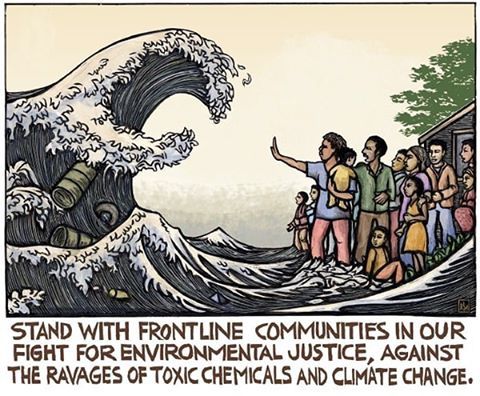
Chapter 7. Polluted Politics? Confronting Toxic Discourse, Sex Panic and Eco-Normativity by Giovanna Di Chiro
“Stereotypes and lies lodge in our bodies as surely as bullets. They live and fester there, stealing the body.”—Eli Clare
Queer ecology as defined by Mortimer-Sandilands (2005, 24) “both about seeing beauty in the wounds of the world and taking responsibility to care for the world as it is”. (200)
Environmental justice constructs an eco-politics that defines the environment as our communities: the places where ‘we live, work, play, and learn’ (200). Environmental justice activists embrace inhabited/built places---cities, villages, reservations, agricultural fields, workplaces, poor and low-income neighborhoods next to hazardous industrial facilities as environments worthy of recognition and protection (Di Chiro 1996)
There has been rising environmental anxiety that surrounds cultural fears of exposure to chemical and endocrine-disrupting toxins especially as it relates to the troubling and destabilizing of normal/natural gendered bodies of humans and other animal species aka the “chemical castration” or the “feminization of nature” (Cadbury 1998; Hayes 2002)--rising fears that we are “swimming in a sea of estrogen” (Raloff 1994b, 56; Sumpter and Jobling 1995 173) as a consequence of rising levels of estrogenic, synthetic chemical compounds emitted into our water, air and food known as estrogenic pollution (ova-pollution). (201)
Pop-science warning about the ‘instability of maleness’—warns that the rising incidences of male-to-female gender shifts and intersex conditions observed in the ‘lower’ species of animals, such as frogs, fish, and salamanders, represent the newest ‘canaries in the coalmine’ portending an uncertain fate for human maleness and for the future of ‘normal’ sexual reproduction (Robert 2003) (201) also anti-toxins discourse has concerns about estrogenic chemical toxins disrupting/preventing/disturbing ‘normal’ prenatal physiological development and natural reproductive processes, leading to rising cases of infertility and producing disabled, defective, and even monstrous bodies (201)…

What can develop is a “sex panic” that resuscitates familiar heterosexist, queerphobic, and eugenics arguments classifying some bodies as not normal: mistakes, perversions, burdens (I would add ‘freaks’)…under the guise of laudable goal/progressive goals, a certain type of anti-toxics environmentalism mobilizes knowledge/power of normalcy and normativity and reinforces compulsory social-environmental order based on a dominant regime of what and who are constructed as normal and natural (Davis 1995; Garland-Thompson 1997; McRuer 2006).
Disability becomes an environmental problem and lgbtq people become disabled—the unintended consequences of a contaminated and impure environment, unjustly impaired by chemical trespass. (202) The true scope of the mortality and morbidity of POPs (persistent organic pollutants) becomes distorted by alarmist focus. This fixation ends up de-emphasizing and worse--naturalizing and normalizing other serious health problems associated with POPs that are on the rise: breast, ovarian, prostate and testicular cancers, neurological and neurobehavioral problems, immune system breakdown, heart disease, diabetes and obesity (202).
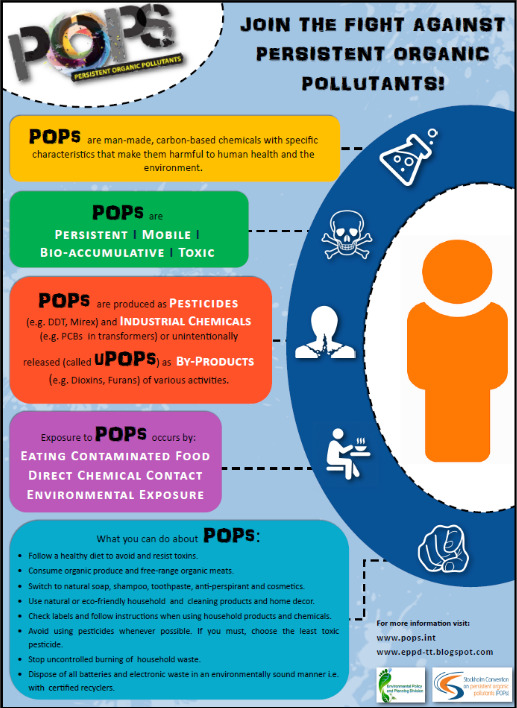
There is good reason for alarm concerning the continued use and accumulation of toxic chemicals that are wreaking havoc on the health and reproductive possibilities of the living world. Our cumulative exposures to endocrine disruptors, carcinogens, neurotoxins, asthmagens, and mutagens in our normal, everyday lives from our daily contact with plastic water bottles, shampoos, and kitchen cleaners to insect repellents, food preservatives, and factory farmed meats, among others, are most certainly putting at risk the health of our own bodies and our earth. (210) But where should the critical attention lie?
The hyperfocus on the world turning into hermaphrodites participates in a sexual titillation strategy summoning the familiar ‘crimes against’ nature’ credo and inviting culturally sanctioned homophobia while at the same time sidelining and naturalizing ‘normal’ environmental diseases such as cancer (211).
--
Environmental theory and politics in the US have historically mobilized ideas of the normal, to determine which bodies and environments/landscapes embody the distinctly American values of productive work, rugged individualism, masculinity, independence, potency, and moral virtue upon which environmental advocacy movements should be based (Haraway 1989; Cronon 1991). Critical histories of U.S. environmentalism have revealed the capitalist, patriarchal, colonialist, heteronormative, eugenicist, and ableist histories underlying its “progressive” exterior (Boag 2003; Darnovky 1992; Evans 2002; Gaard 2004; Jaquette 2005; Sutter 2001).
Eco-normativity (or eco[hetero]normativity) appear in alarmist discourse in the anti-toxins arm of the environmental movement. Their alarm about contaminants effect on sex/gender appeals to preexisting cultural norms of gender balance, normal sexual reproduction and the balance of nature. The use of “anti-normal” “anti-natural” in antitoxins discourse is highly questionable and risks reinforcing the dominant social and economic order (the forces actually responsible for environmental destruction and toxic contamination of all our bodies and environments) by naturalizing the multiple injustices that shore it up”…and thus creates what the author terms, polluted politics.
#queer ecologies: sex nature politics desire#econormativity#heteronormativity#critical ecology#queer ecology#ecology#environmental contamination#persistent organic pollutants#toxins#anti toxins#eugenics#ecofeminism#environmental politics#ecological science#environmental science
38 notes
·
View notes
Text
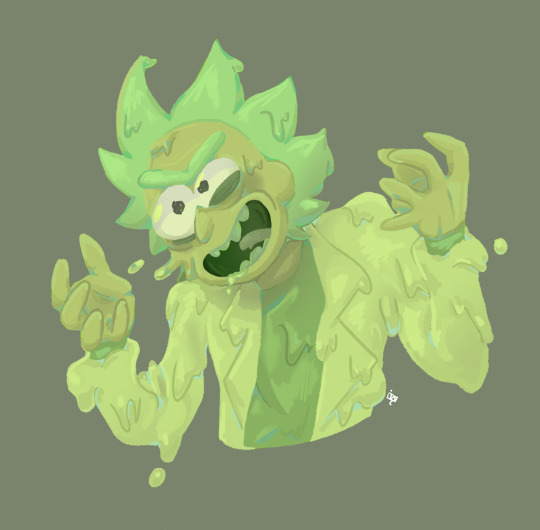

sooooooo… i got into rick and morty while i was gone 🤪
#art#fanart#fan#rick and morty#rick#toxic rick#ram#goo rick#rick sanchez#sanchez#rickbot#toxins#digital#digital drawing#digital fanart#digital artwork#digital art#digital illustration#illustration#drawing#artwork
68 notes
·
View notes
Text
In a first, Israeli researchers managed to encode a toxin produced by bacteria into mRNA molecules and to deliver it directly to cancer cells, causing them to produce the toxin that went on to kill them.
The study, led by PhD student Yasmin Granot-Matok and Prof. Dan Peer from Tel Aviv University and recently published in Theranostics, showed that a single injection into the tumor bed in animal models with melanoma skin cancer led to the disappearance of 44 to 60 percent of cancer cells.
“Many bacteria secrete toxins,” Peer explains. “The most famous of these is probably the botulinum toxin injected in Botox treatments. Another classic treatment technique is chemotherapy, involving the delivery of small molecules through the bloodstream to effectively kill cancer cells. However, chemotherapy has a major downside: it is not selective, and also kills healthy cells.”
“Our idea was to deliver safe mRNA molecules encoded for a bacterial toxin directly to the cancer cells – inducing these cells to actually produce the toxic protein that would later kill them. It’s like placing a Trojan horse inside the cancer cell.”

Then, the mRNA molecules were packaged in lipid nanoparticles and coated with antibodies. The particles were then injected into animal models with melanoma.
“In our study, the cancer cell produced the toxic protein that eventually killed it,” Peer says. “Many anaerobic bacteria, especially those that live in the ground, secrete toxins, and most of these toxins can probably be used with our method.”
He said that delivering the bacteria directly to the target cells with nanoparticles is like a recipe.
“When the cancer cell reads the ‘recipe’ at the other end, it starts to produce the toxin as if it were the bacteria itself and this self-produced toxin eventually kills it.
“Thus, with a simple injection to the tumor bed, we can cause cancer cells to ‘commit suicide’ without damaging healthy cells. Moreover, cancer cells cannot develop resistance to our technology as often happens with chemotherapy, because we can always use a different natural toxin.”
77 notes
·
View notes
Photo


commission of Zander for @creature-with-a-laptop ! ♡
76 notes
·
View notes
Text
“This is making people sick, so our governments can and should require these companies to use some of their record-breaking profits to clean up the mess they’ve made.”
#alberta#abpoli#canada#cdnpoli#albertan#canadian#climate news#climate change#climate crisis#climate catastrophe#climate emergency#environmentalism#fossil fuels#health#pollution#toxins
17 notes
·
View notes
Text
Hey everyone, I'm a board-certified wellness influencer and today we'll be practicing our mental gymnastics.
First, a warm-up: Chemicals. Toxins. Allopathic. Cleanse. Detox. Here's my discount code.
Alright, we're ready to rock.
First, we're going to be practicing a few rounds of "your body is divinely intelligent and has the ability to heal itself," BUT ALSO, "you need to buy my supplements to heal."
Second, we're practicing the "processed foods are terrible for you and you should avoid them at all costs," BUT ALSO, "buy these highly processed powders that I have a discount code for."
And lastly, we're going to get in a few reps of "Big Pharma wants to keep you sick to make money," BUT ALSO, "I'm not going to mention that I'm part of the multi-trillion dollar wellness industry."
Happy mental gymnastics-ing!
They never want to talk about Big Placebo. Mostly because they always want to sell you something.
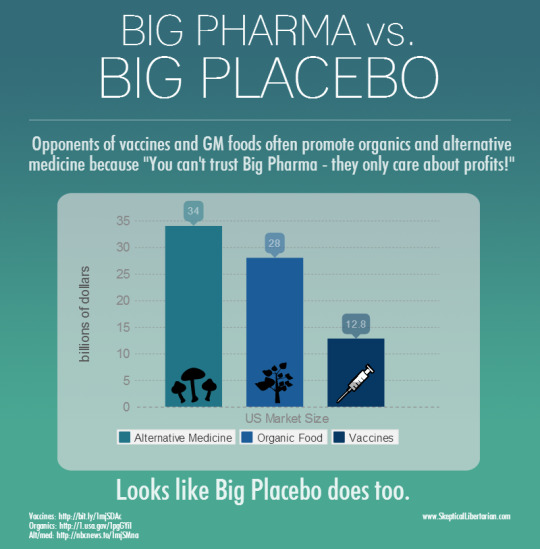
#big placebo#mental gymnastics#discount code#supplements#alternative medicine#allopathic#Big Pharma#chemicals#toxins#everything is chemicals#food woo#food magic#cleanse#detox#here's my discount code#placebo#parody#LOL#funny#wellness industry#wellness influencer#religion is a mental illness#those are some skills BTW
20 notes
·
View notes
Text
All the beautiful villains are trying to get me to drink toxic sludge and i do so willingly
36 notes
·
View notes
Text


Today as I was walking to work, I passed by a Catalpa tree that grows wedged in between buildings and overspreads a parking lot. I wanted to get a seed pod so I could try germinating some seeds and grow my own Catalpa, but sadly all the seed pods on the ground were broken and muddy. All the pristine seed pods were high out of reach in the lofty boughs of the Catalpa. In disappointment, I muttered, "I wish I could get an intact seed pod". Suddenly, I heard a loud "crack" and a perfect clean seed pod fell from the tree and landed at my feet. I was so astonished that I said "thank you so much, Catalpa tree!" out loud. It makes one wonder if there's something to the old mythology of Dryads, Huldra, and Yakshini after all...
With its white orchid like flowers and parasol leaves, the Catalpa is a popular ornamental tree in the UK. This tree is commonly called the "Indian Bean Tree", which has misled many people to think it comes form India. In fact, the Catalpa is native to the Southern USA and the "Indian" in the name is the outdated term for Native Americans. Relatives of this tree are found in North America, the Caribbean, and East Asia.
The Catalpa has a curious relationship with a caterpillar. Catalpa trees are relatively pest and disease free due to the high concentrations of iriod glycosides in the plant tissue. The Catalpa Sphinx Moth (Ceratomia catalpae) caterpillars exclusively feed on the Catalpa and sequester the toxins in their own bodies, making the caterpillars unappealing to their usual predators. Research shows that one species of Catalpa (C. speciosa) reacts to caterpillar damage by releasing nectar from glands that attracts ladybirds and ants, which prey on the caterpillars.
#katia plant scientist#botany#plant biology#plants#plant science#nature#seed pods#trees#tree seeds#bean#catalpa#flowering tree#ecology#caterpillars#sphinx moth#toxins#native americans#dryad#tree spirit#serendipity#plant facts#plant scientist#plantblr#seeds#grow your own#botanical#plant aesthetic
18 notes
·
View notes
Text
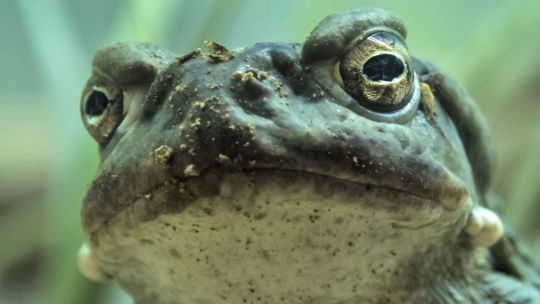
Colorado River toad
Plenty of amphibians excrete toxins through their skin as protection against predators, but none may be as strange as the Colorado River toad, also known as the Sonoran desert toad (Incilius alvarius). This toad, found in the southwestern United States and northern Mexico, produces a hallucinogen called 5-methoxy-N,N-dimethyltryptamine (5-MeO-DMT).
(Image credit: Mark Newman)
#mark newman#photographer#colorado river toad#toad#amphibian#toxins#poisonous#animal#sonoran desert toad#incilius alvarius#mexico#united states#nature
14 notes
·
View notes
Text
10 notes
·
View notes
Text
☣️🚰☢️
12 notes
·
View notes
Note
What's your favorite poison and why?
Finally an interesting question.
There are many answers to this, depending on the used definition of poison and for what it would be intended for.
Whether I find a poison interesting enough is mostly determined by how fascinating it’s biochemical mechanisms are, but also if it’s nondetectable and rare, how clever it would be in a murder.
Some more common poisons can have very fascinating biochemical properties like cyanide, which inhibits enzymes neccessary for aerobic respiration and suffocating a person on a cellular level. But they are more commonly used in murders, making them more easily traceable, less creative and thus less interesting then. Just obvious.
I prefer rarer poisons, less obvious. The more cunning and sophisticated, the better. Toxins which you can barely detect, unless you know what you are looking for, but most people are idiots and won’t think about it. Perfect murder. Unless you consult me of course.
And especially natural poisons are the most toxic, like Botulinum toxin which was used in some of my cases. Especially neurotoxins like this work in fascinating ways, Tetrodotoxin from pufferfish, shutting down nerve cell communication, slowly paralysing and shutting the body down by respiratory failure. This poison is especially cruel because the victim can still be conscious and lucid, even if they are completely paralyzed, unable to talk or move, to do nothing except to suffer and wait for death approaching.
Another very potent and very rare poison is Polonium-210, killing by acute irradiation, no antidote and it takes days to show effects, giving the murderer enough time to get an alibi or leave the country. Of course the trail of radiation can lead to the killer if not handled correctly. Very fascinating poison, but difficult to acquire, which is why it’s only knowinlgy used by secret services, but there might be more cases where it was never detected.
As you can see it’s difficult to pick favourites with such diverse acting mechanisms of poisons and their interesting ways to kill.
However, if you meant favourite poison in a more recreational way, then my clear answer is cocaine. Which also has cardiotoxic effects so it can be used as a poison resulting in overdoses, but it’s subjective personal effects are much better than to use it to kill someone, I assure. A more poisonous drug would be fentanyl, very strong opioid resulting in respiratory depression, 120 times stronger than morphine, difficult to dosage. Though I prefer morphine for personal use. But even nicotine can be considered a poison if overdosed. But it’s all just subjective defintions, to quote Paracelsus “What is there that is not poison? All things are poison and nothing is without poison.”
#biology#science#scientists#chemistry#biochemical#biochemistry#chemic#poison#toxins#crime cases#biochem major#laboratory#university#student#chemistry major#Sherlock Holmes#Sherlock#bbc sherlock#sherlock BBC#Sherlock roleplay#sherlock rp#johnlock#john watson#acd sherlock#roleplay#sherlock fandom#rp#johnlock roleplay#sherlock and john#221b baker street
266 notes
·
View notes